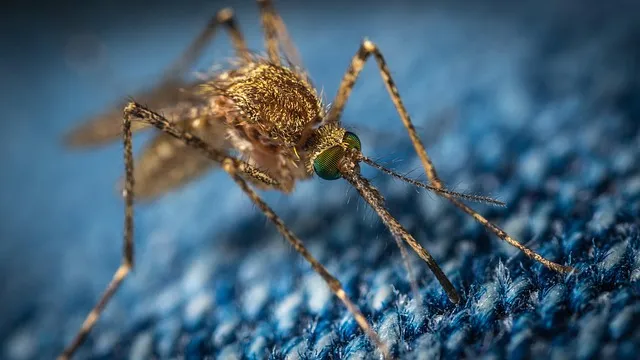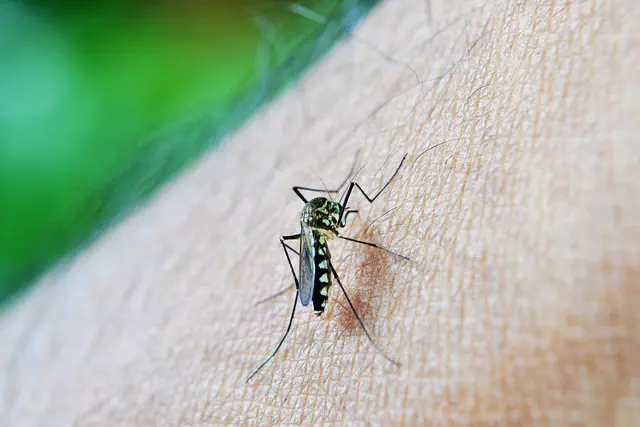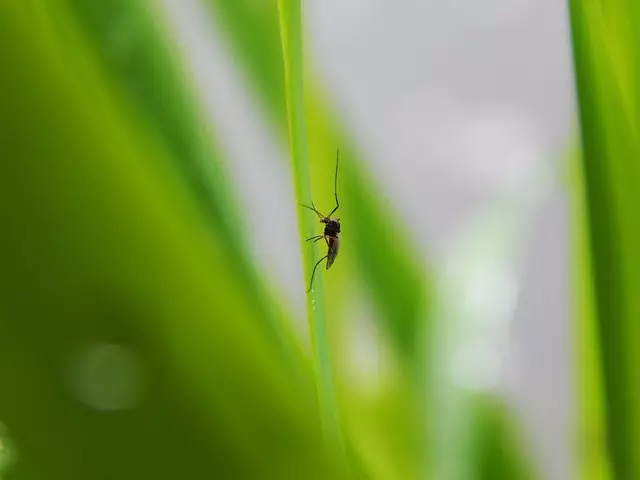Mosquitoes, beyond being nuisances, require a comprehensive approach for control due to their complex behaviors and breeding habits. Modern mosquito control shifts from chemical sprays towards integrated pest management (IPM) strategies, including habitat management, natural controls, and innovative technologies. Removing standing water sources, landscaping, using natural repellents, and strategic lighting are effective prevention methods. Recent technological advancements offer smart apps, ultrasonic waves, and AI-powered monitoring for efficient mosquito control while minimizing environmental impact. Community initiatives like clean-up drives and public awareness play a crucial role in reducing breeding grounds and mitigating mosquito-borne diseases.
Tired of the buzz and bite? Residential mosquito solutions are essential for enjoying outdoor spaces. This comprehensive guide delves into effective mosquito control strategies, from understanding these persistent pests’ behavior and habitat to modern innovations like technology-driven devices. We explore traditional methods, natural repellents, and community efforts, providing practical tips to create an unwelcoming environment for mosquitoes once and for all.
Understanding Mosquitoes: Behavior and Habitat

Mosquitoes are more than just a nuisance; they’re tiny pests with complex behaviors that impact our outdoor experiences. Understanding their habits is key to effective mosquito control. These insects thrive in standing water, making their breeding grounds as diverse as buckets and bird baths to ponds and flooded yards. Knowing this, we can begin to disrupt their life cycle by eliminating or treating these water sources regularly.
Mosquitoes are most active during dawn and dusk, so outdoor activities during these times require extra caution. Their attraction to carbon dioxide, heat, and sweat makes them persistent companions during evening gatherings. By reducing potential rest areas, such as dense foliage and tall grass, and using mosquito repellents, we can reclaim our outdoor spaces. Effective mosquito control involves a multi-faceted approach that incorporates knowledge of their behavior, proper habitat management, and strategic prevention methods.
Traditional Mosquito Control Methods

In many communities, traditional mosquito control methods have long been the go-to for managing mosquito populations. These methods often involve chemical applications such as spraying insecticides or using traps that release carbon dioxide to attract and kill mosquitoes. While effective in the short term, these strategies can have drawbacks. Chemical sprays can be harmful to non-target species, including beneficial insects and wildlife, and may persist in the environment, leading to potential health risks for residents. Additionally, traditional methods do not address the root causes of mosquito breeding, like standing water sources.
Moving beyond these conventional approaches, modern Mosquito Control focuses on integrated pest management (IPM) strategies that are more environmentally friendly and sustainable. These include targeting specific habitats where mosquitoes breed, using natural predators and biological controls, and employing innovative technologies for monitoring and control. By adopting IPM practices, communities can effectively reduce mosquito populations while minimizing the ecological impact of these essential pest management techniques.
Modern Solutions for Effective Mosquito Management

In today’s world, modern technology offers innovative solutions for effective mosquito control. Gone are the days of relying solely on chemical sprays and traps. Advanced methods now include smart, automated systems that use sensors to detect and eliminate mosquitoes at their source. These technologies often incorporate natural predators like bats or birds, reducing the need for chemicals entirely.
Additionally, genetic engineering plays a significant role in mosquito management. Researchers are developing strains of mosquitoes resistant to diseases, which helps control their population while minimizing the impact on ecosystems. Integrating these modern solutions provides eco-friendly and sustainable strategies for residential areas, ensuring a more comfortable outdoor living environment without compromising health or nature’s balance.
Creating an Unwelcoming Environment for Mosquitoes

Creating an unwelcoming environment for mosquitoes is a key aspect of effective mosquito control. This involves eliminating standing water, as mosquitoes breed in stagnant water sources like buckets, flower pots, and clogged gutters. Regularly emptying containers, fixing leaks, and ensuring proper drainage can significantly reduce mosquito habitats. Additionally, maintaining a well-trimmed lawn and removing thick vegetation provides fewer hiding places for these pests.
Landscaping plays a crucial role in mosquito control. Using natural repellents like citronella plants or growing mosquitofish-friendly water features can help deter mosquitoes. Bright lights and reflective surfaces also discourage mosquitoes, so consider strategically placing outdoor lighting away from entry points to your home. Regular cleaning and maintenance of these strategies not only reduces mosquito populations but also creates a more comfortable outdoor living space for residents.
Natural Repellents and Their Efficacy

Natural repellents have gained popularity as an eco-friendly approach to mosquito control, offering an alternative to chemical sprays. These repellents utilize essential oils and plant extracts known for their ability to deter mosquitoes. For instance, citronella, lavender, and peppermint oils are commonly used due to their strong scents that mosquitoes find unpleasant. When applied topically or diffused in the environment, these natural compounds can create a protective barrier against mosquito bites.
Research suggests that while not as immediate as synthetic repellents, natural alternatives can provide significant protection when combined with other mosquito control methods. The effectiveness of natural repellents may vary depending on factors like concentration, climate, and individual sensitivity. However, their advantages include minimal environmental impact and reduced risk to human health, making them an appealing option for those seeking sustainable mosquito control solutions.
Technology in Mosquito Control: Innovations and Devices

In recent years, technology has significantly transformed mosquito control, offering innovative solutions for both professionals and homeowners seeking effective Mosquito Control. From smart apps to advanced devices, these tools empower individuals to monitor and manage mosquito populations more efficiently. For instance, some modern devices use ultrasonic waves or natural repellents to ward off mosquitoes without harmful chemicals, providing an eco-friendly approach to Mosquito Control.
Additionally, technology has facilitated the development of sophisticated monitoring systems that detect mosquito breeding grounds and activity levels in real-time. These innovations allow for more strategic and targeted treatments, minimizing the use of pesticides. With the integration of AI and machine learning, these systems can predict mosquito-borne disease outbreaks, enabling proactive measures to protect public health.
Community Efforts and Preventive Measures

Community efforts play a pivotal role in effective mosquito control. Collaborative initiatives, such as neighborhood clean-up drives and public awareness campaigns, significantly reduce breeding grounds for mosquitoes by eliminating stagnant water sources—the primary habitat for their eggs and larvae. Encouraging residents to remove standing water from containers like old tires, flower pots, and buckets not only limits mosquito populations but also fosters a healthier living environment.
Preventive measures at the community level extend beyond individual actions. Implementing wide-scale strategies, such as treating bodies of water with larvicides or introducing natural predators like fish, can systematically curb mosquito breeding. Furthermore, proper drainage systems and regular maintenance of local infrastructure ensure that water does not pool, rendering it less favorable for mosquito reproduction. These collective efforts not only mitigate the risk of mosquito-borne diseases but also contribute to a more pleasant and livable community environment.
